Three days after the Ho Chi Minh Campaign ended successfully, completely liberating the South, on May 3, 1975, the revolutionary government took over the National Bank in Saigon. During the period from May 1975 to September 1975, the South still temporarily used the currency of the Republic of Vietnam government in circulation.
To eliminate this currency from socio-economic life, on September 22, 1975, the Provisional Revolutionary Government of the Republic of South Vietnam organized a currency exchange on a large scale in the South to put a new currency called Vietnamese Bank Money into circulation. The exchange rate at that time was 1 Vietnamese Bank Dong for 500 Republic of Vietnam Dong (this currency had been printed by the State Bank of Vietnam since 1966). The exchange rate between the Northern currency and the Southern currency fluctuated slightly during and after the exchange period. After the exchange, the Government re-regulated the exchange rate of 1 Northern currency to 0.80 Southern currency.
With this currency exchange, two separate currency zones were formed throughout Vietnam at that time: Northern currency issued by the State Bank of Vietnam and Southern currency issued by the National Bank of Vietnam.
The currency of the Provisional Revolutionary Government of the Republic of South Vietnam includes metal coins and paper money. Metal coins include three denominations: 1 cent, 2 cents, 5 cents, all made of aluminum, round, smooth edges, with a round hole in the middle, different sizes and patterns. Paper money includes the denominations: 10 cents, 20 cents, 50 cents, 1 dong, 2 dong, 5 dong, 10 dong, 50 dong; with different sizes. This type of money was circulated in the South until the currency exchange in 1978, unifying the currencies of the two regions of Vietnam.
Here is a picture of the 1975 coin set:
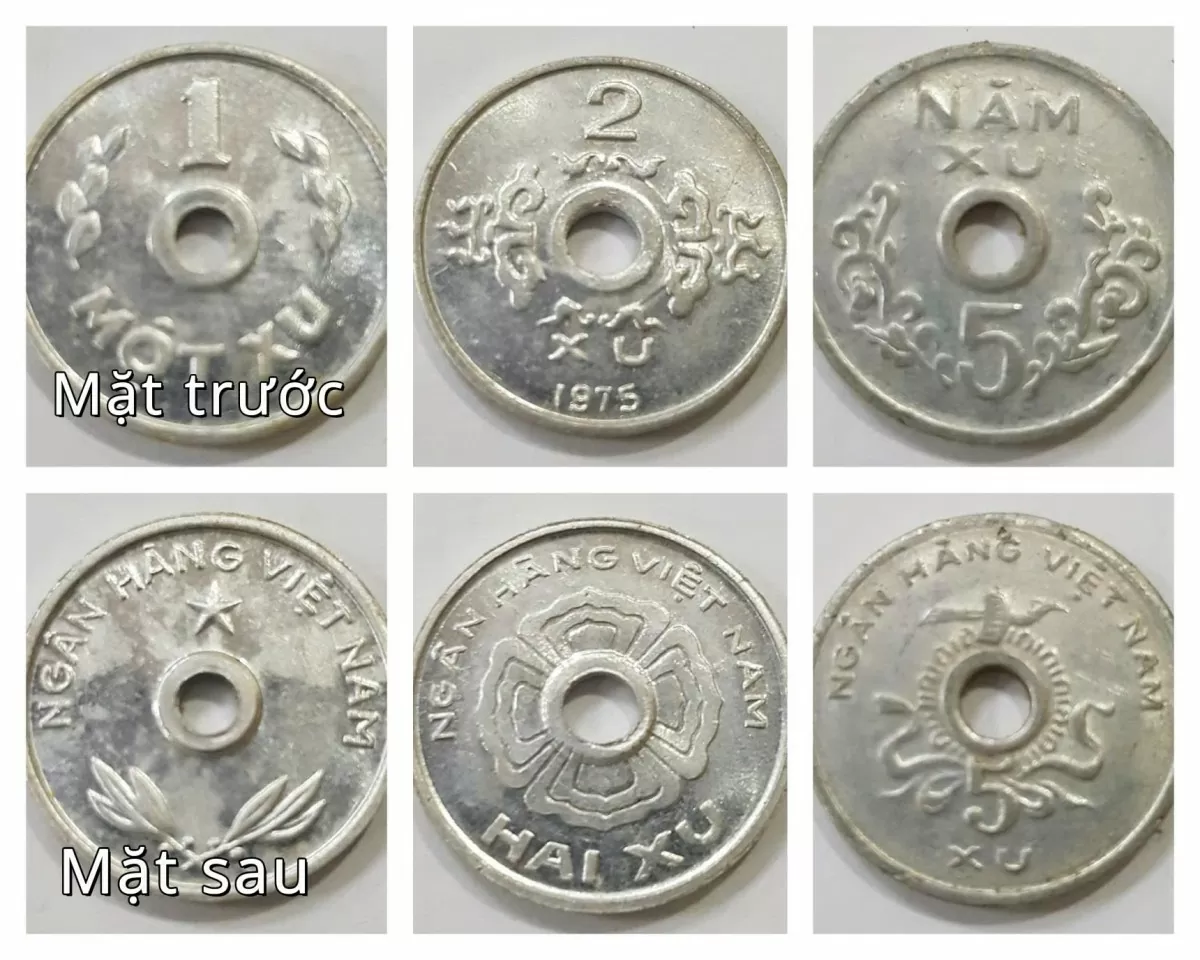 |
| Coins of the Provisional Revolutionary Government of the Republic of South Vietnam. These coins all have the words "Bank of Vietnam" on the back and a pattern on the front. |
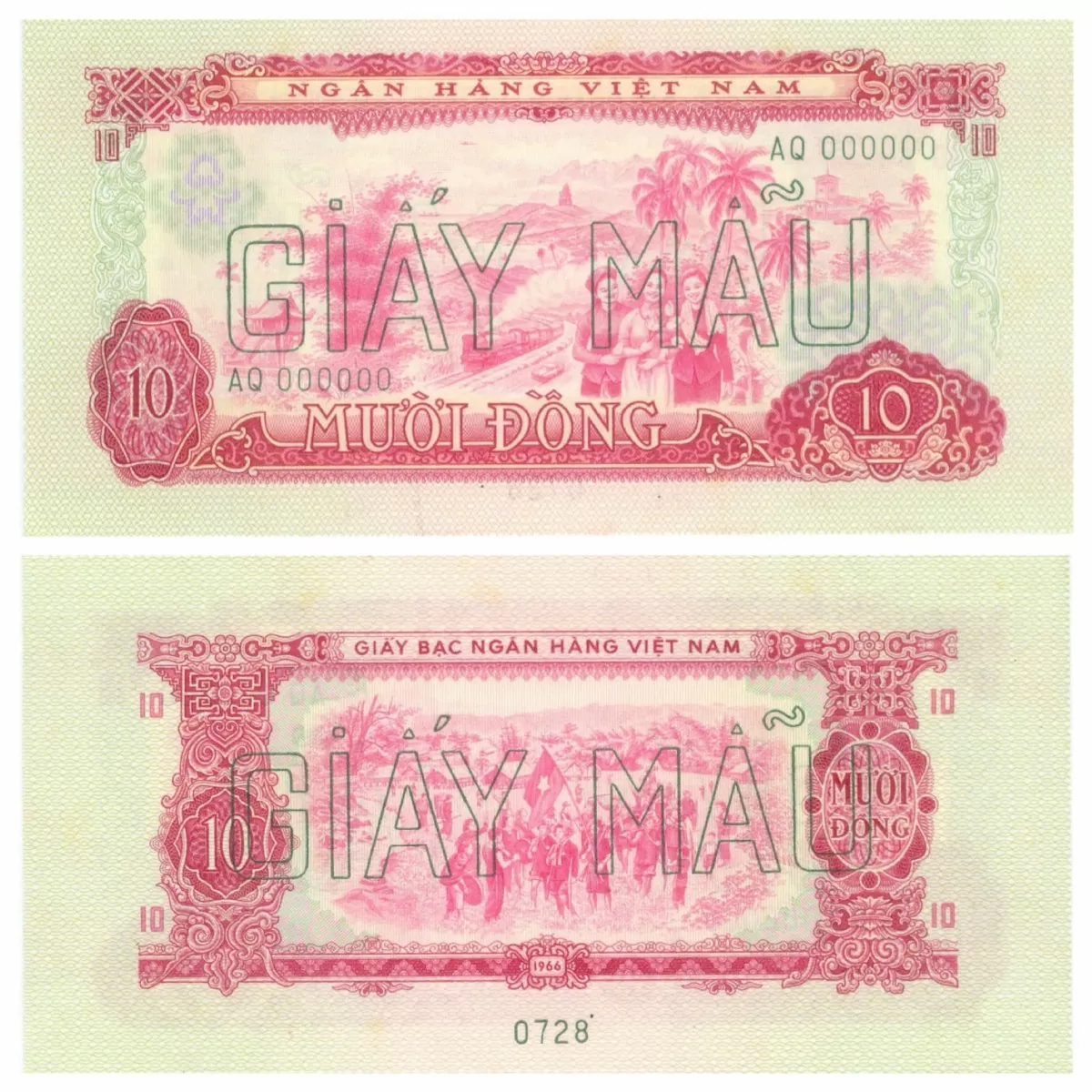 |
| The front and back of the 10-dong note feature portraits of women from the North, Central and South regions. The back features a picture celebrating the victory of the Montagnard people. |
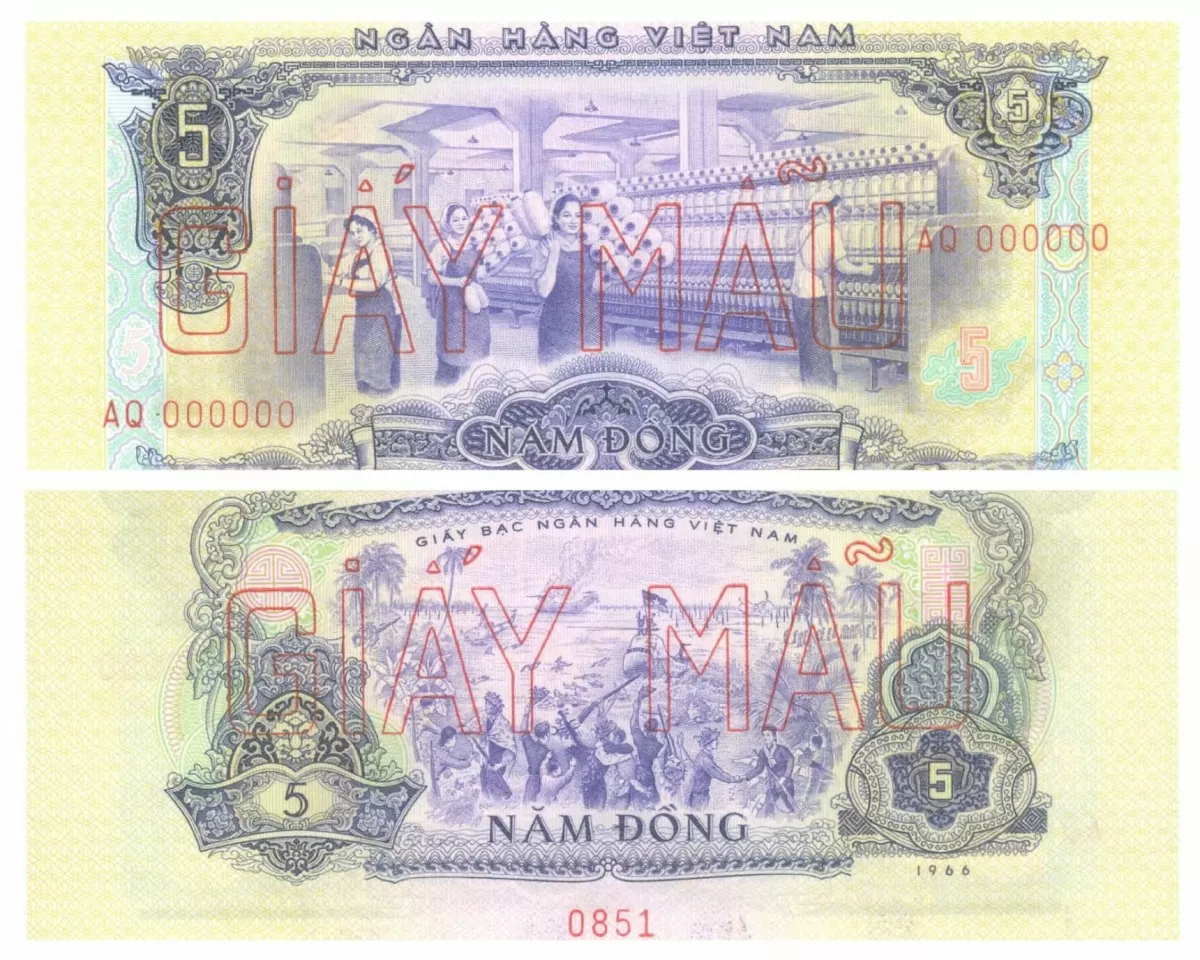 |
| The front and back of the 5-dong note show a textile factory scene, the back shows the Ap Bac militia shooting down an American plane. |
 |
| 1 Dong note with coconut forest and rice harvest scene |
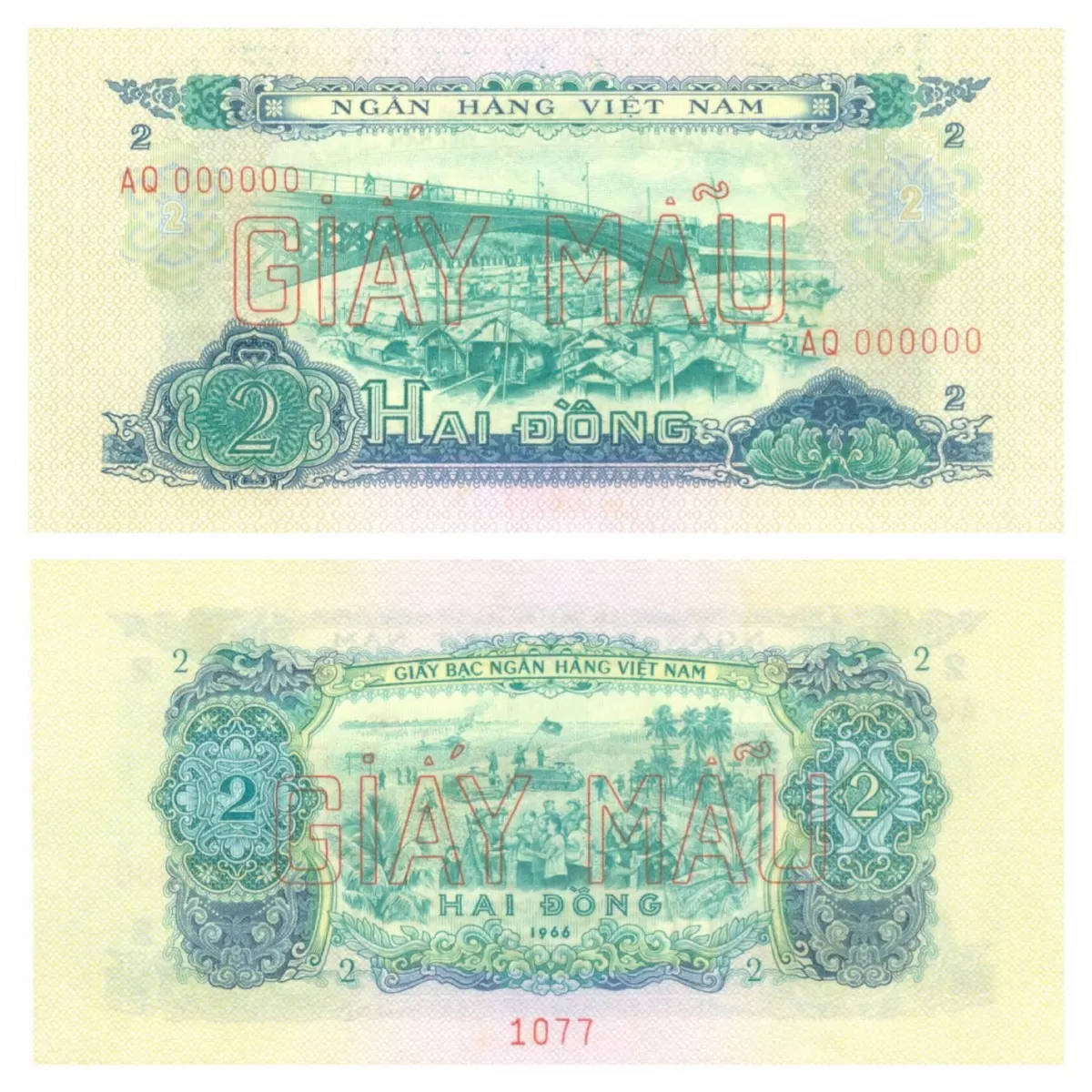 |
| The 2 dong note has a scene of river life. |
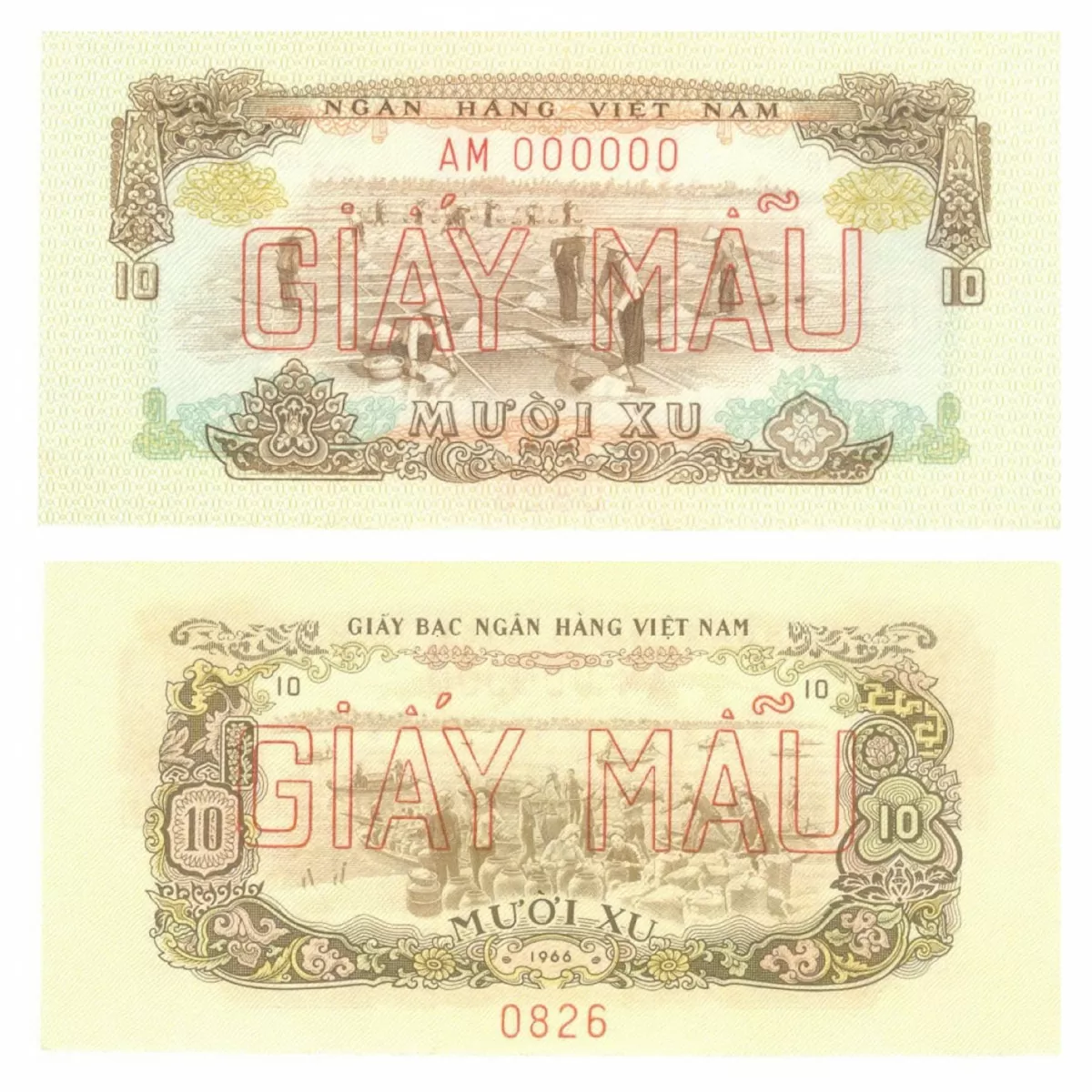 |
| 10 cent coin with salt making scene |
In November 1975, the Political Consultative Conference to unify the two regions was held. Our country still had two parallel currency systems and the unified currency was only implemented more than 2 years later.
The history of Vietnamese currency has recorded: On April 25, 1978, the Government issued a decision to unify the currency. The State Bank issued a new currency system to exchange the two old currency systems. From then on, Vietnam had a unified currency system throughout the country.
On May 2, 1978, the issuance of new money and exchange of old money throughout Vietnam was carried out. Accordingly, 1 new bank currency was equal to 1 bank currency in the North and equal to 0.8 bank currency in the South.
On May 3, 1978, the State Bank officially issued new money. The 1978 currency set was the first in the country, opening a new page in the history of Vietnamese currency. The currency set included both metal and paper money, of which paper money included denominations of 5 hao and 1, 5, 10, 20, 50 dong. Metal money included denominations of 1, 2, 5 hao and 1 dong.
1978 currency set, unifying currency throughout the country:
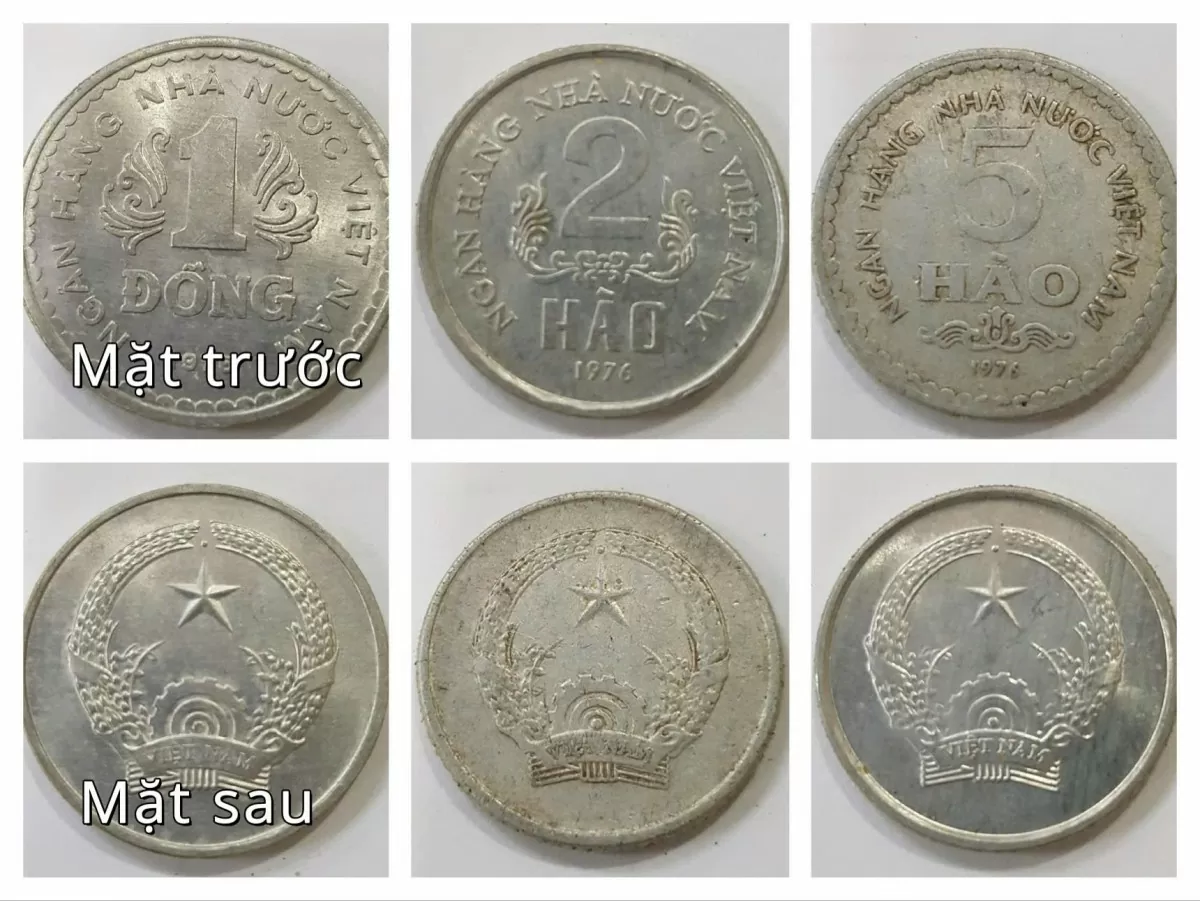 |
| Front and back of coins with denominations of 1 đồng, 2 hạo and 5 hạo |
 |
| 5-cent banknote with images of coconut trees, canals and rivers in the South |
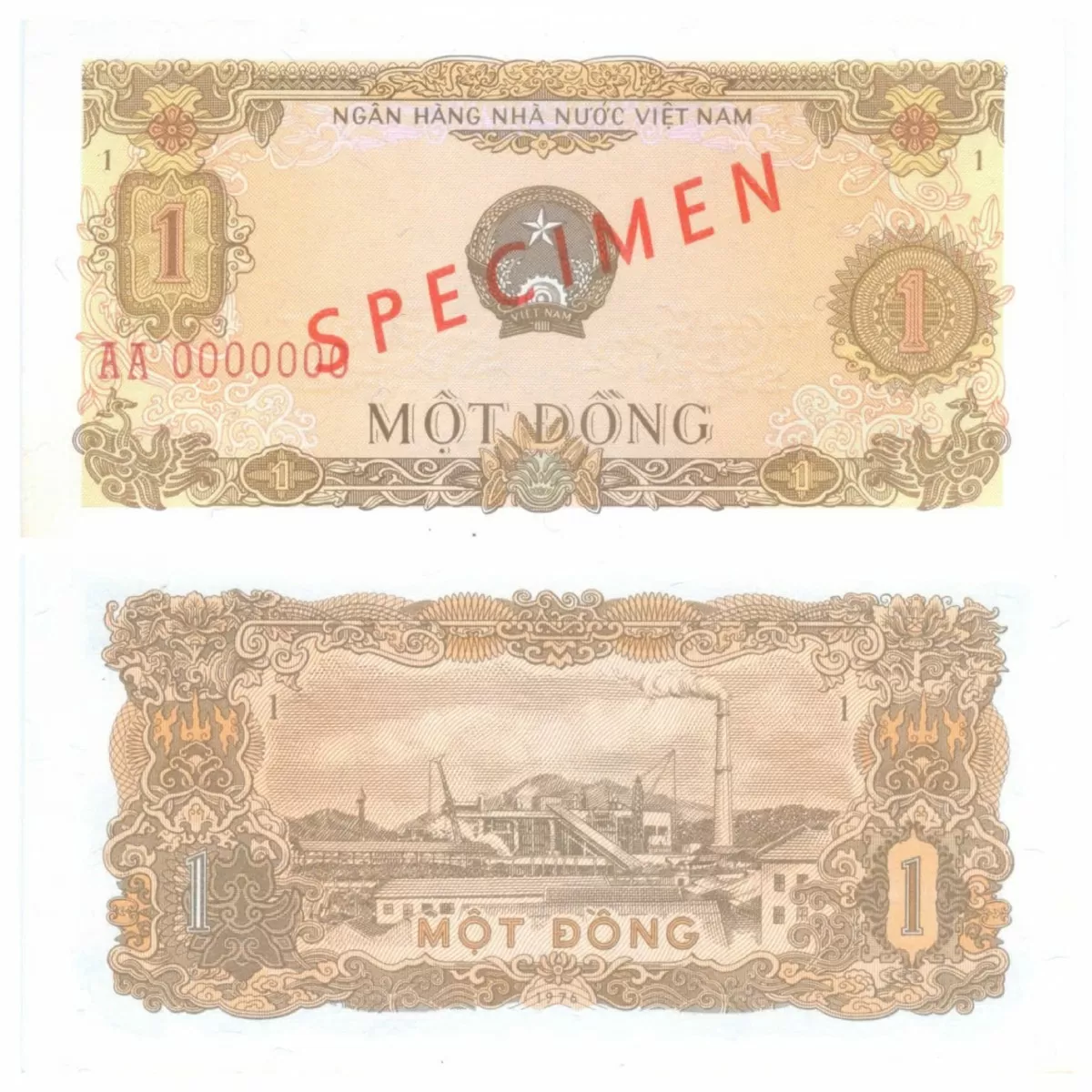 |
| 1 dong banknote with image of factory with tall chimney |
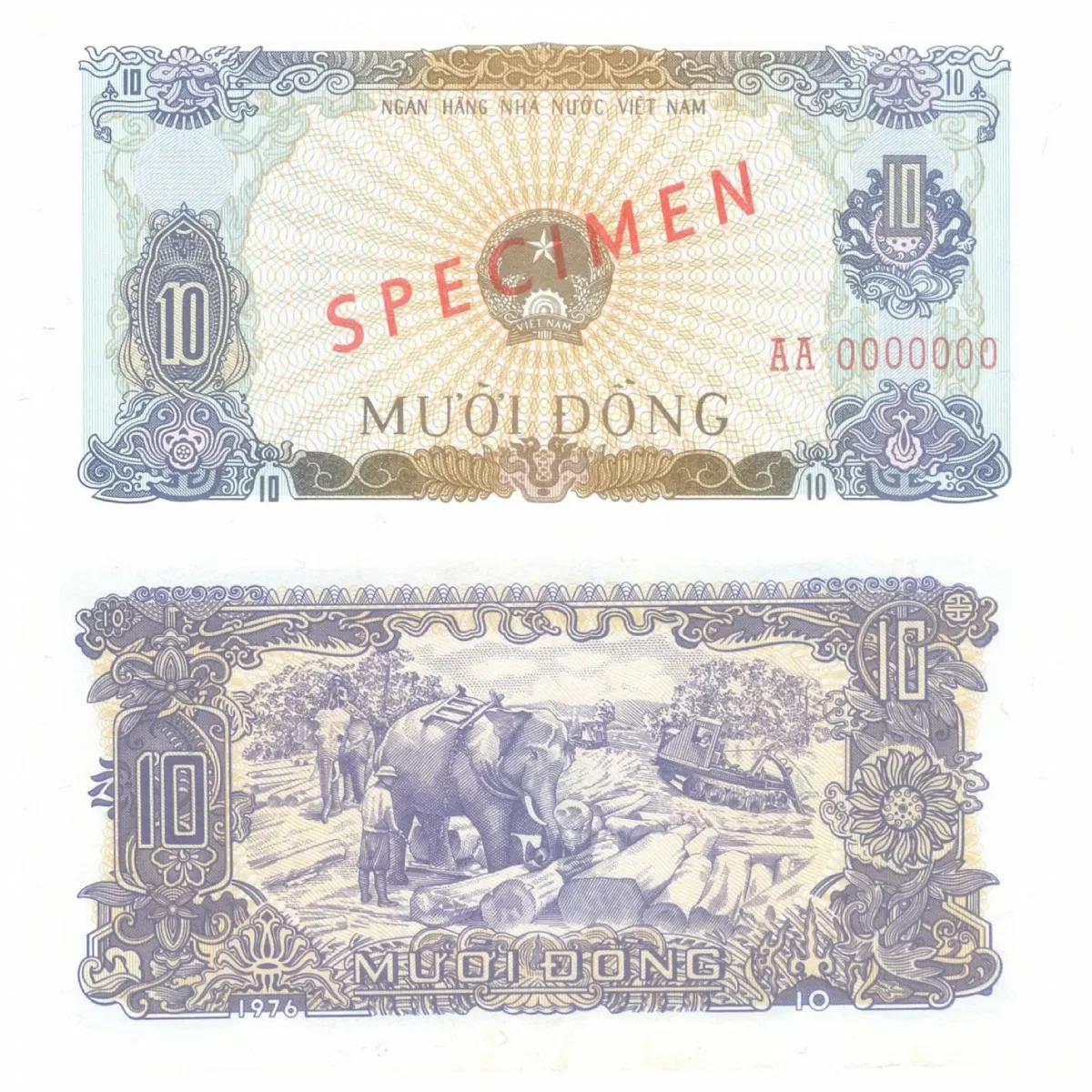 |
| 10 dong banknote |
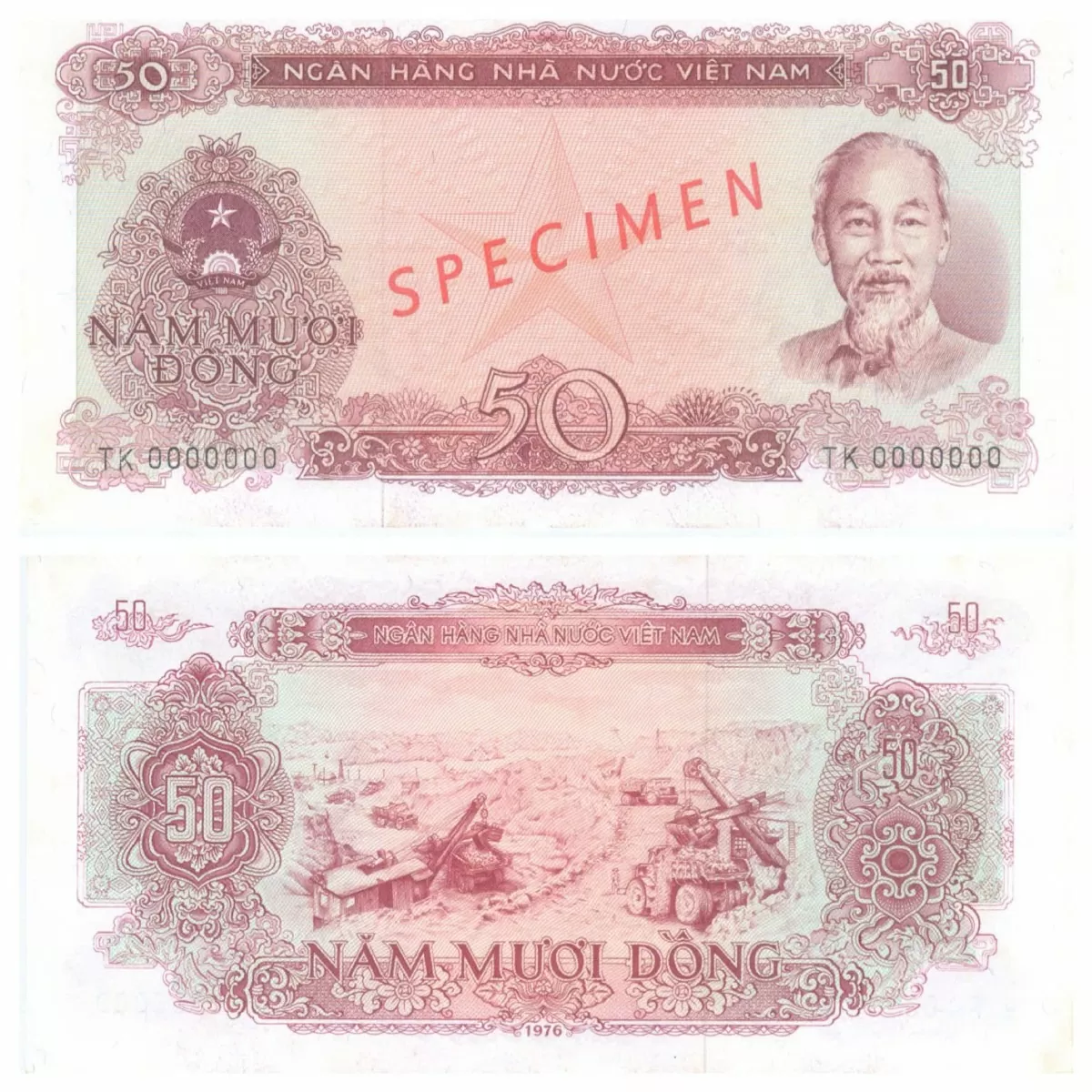 |
| 50 VND banknote with Uncle Ho's picture on the back, construction site |
It is known that in 1980, new banknotes of 2, 10, 100 dong were issued, and especially in 1981, a 30 dong note was issued, with an image of Nha Rong port.
In addition, with the aim of adjusting and stabilizing the purchasing power of the currency, in September 1985, the Government allowed the State Bank to issue a new currency system, exchanging old currency at the exchange rate: 1 new currency = 10 old currency. The new currency has denominations of 5 hao, 1, 2, 5, 10, 20, 30, 50, 100, 500 dong with the front still showing the National Name, National Emblem and the back showing the words "State Bank of Vietnam".
| During 1987-1988, the bank added new banknotes of 200, 500, 1000, 2000, 5000 VND. Then it issued additional denominations of 10,000, 20,000 and 50,000 VND. |
Source: https://congthuong.vn/nhung-dieu-chua-biet-ve-bo-tien-sau-ngay-thong-nhat-dat-nuoc-385527.html


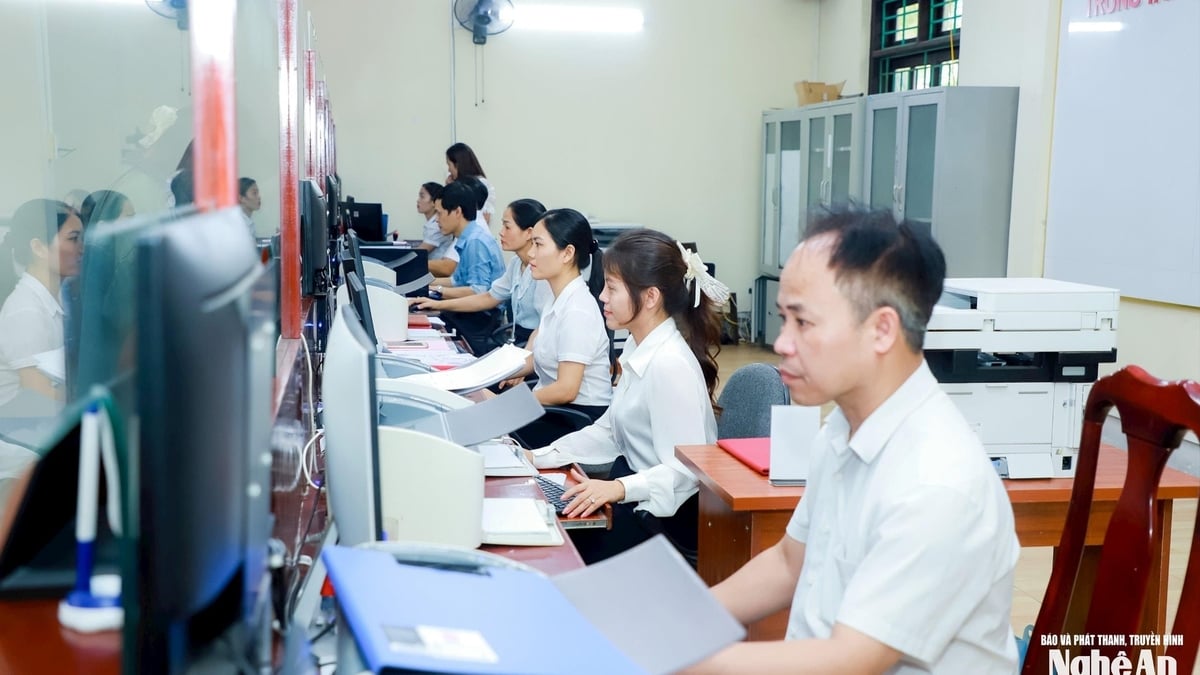


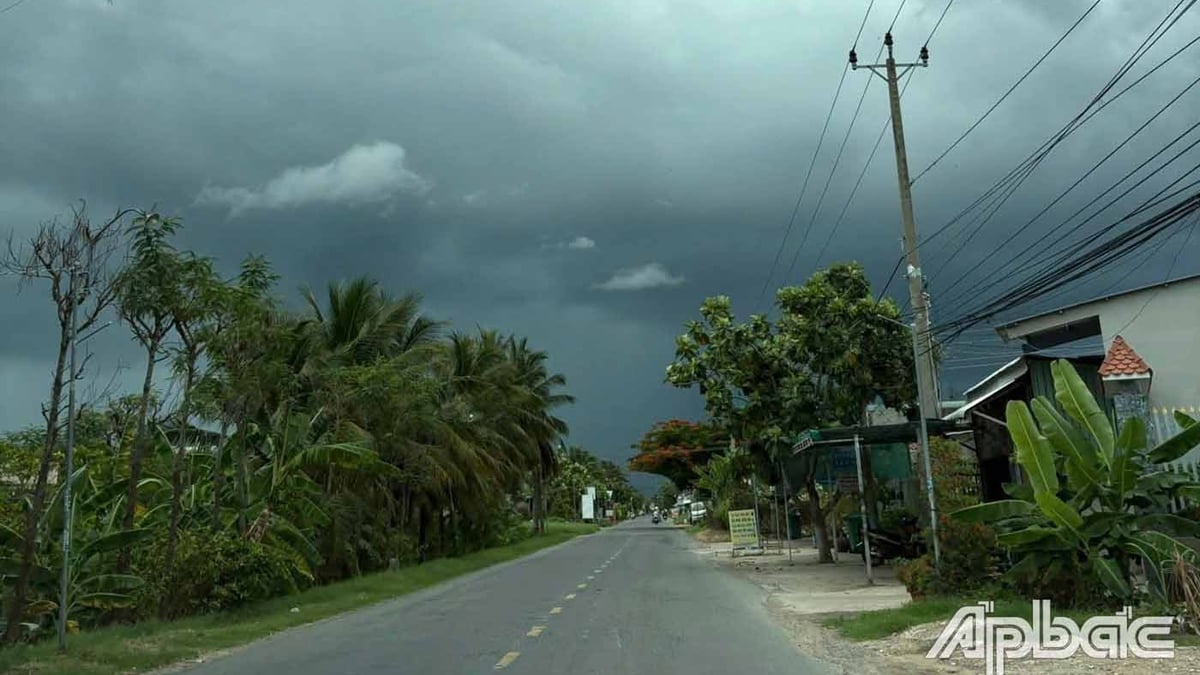
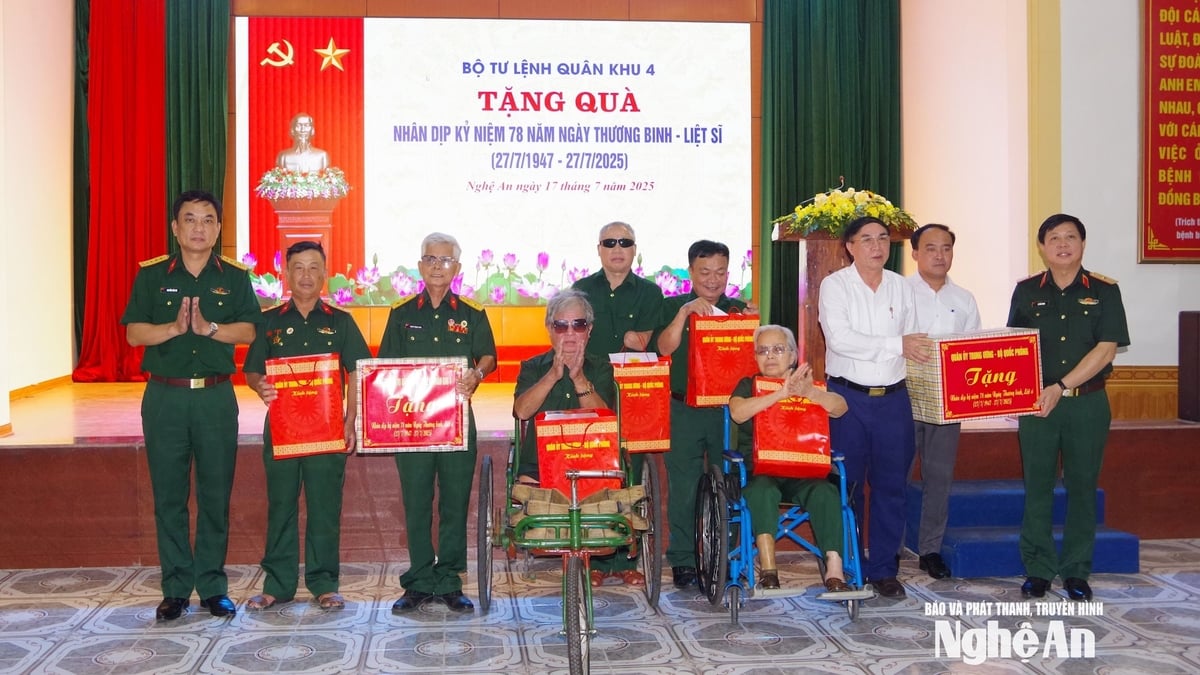

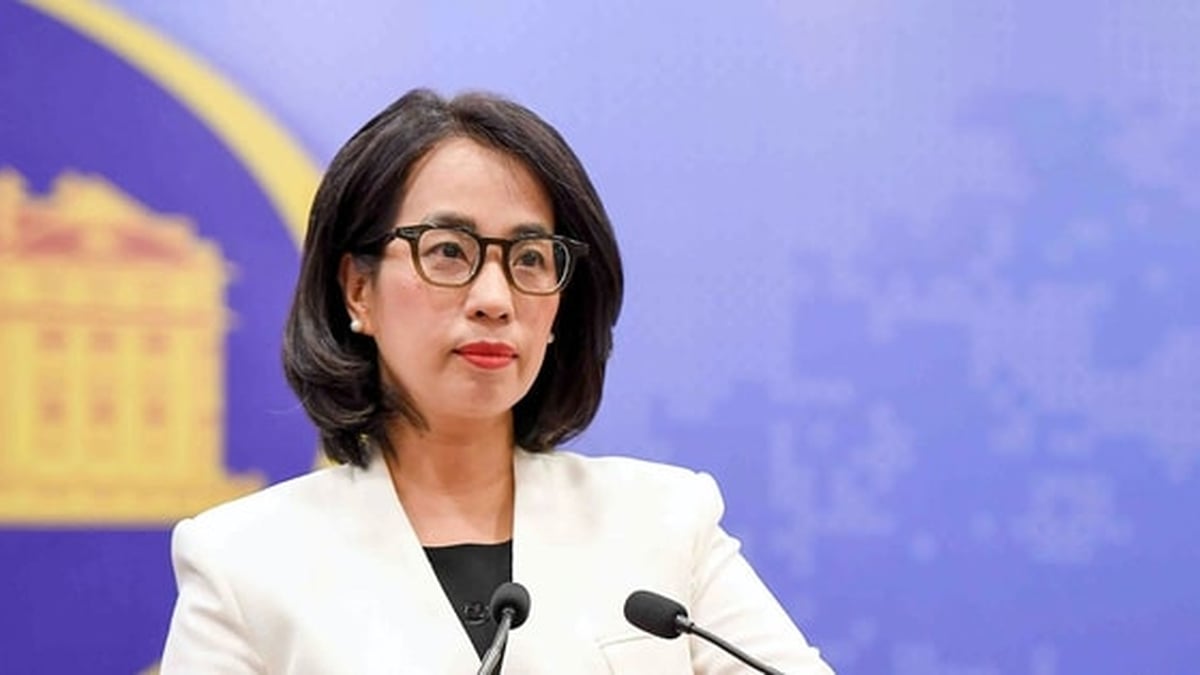
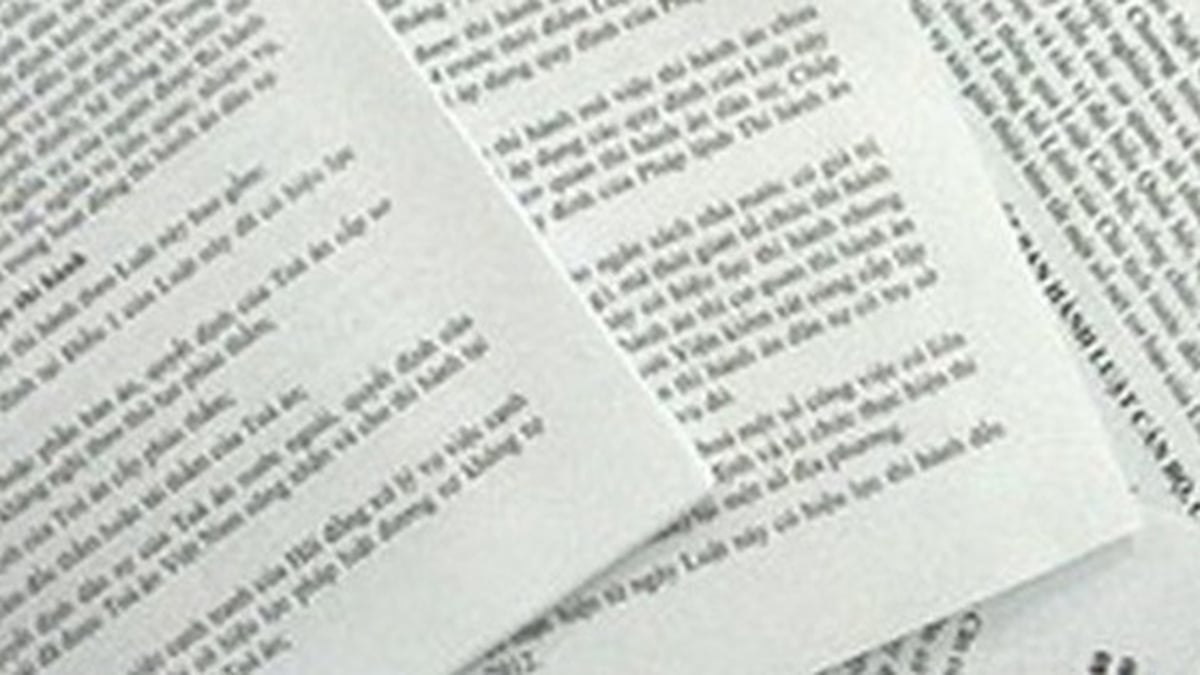





















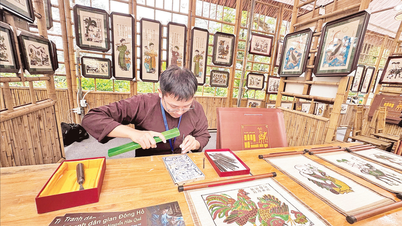






























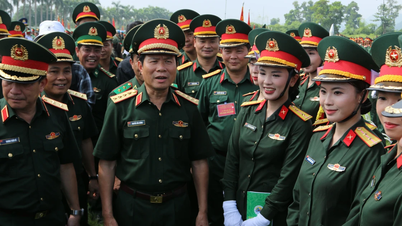



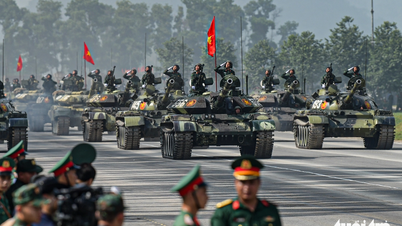


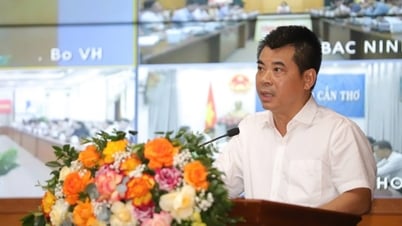
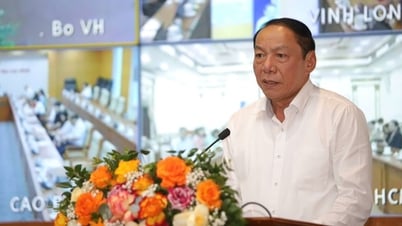
















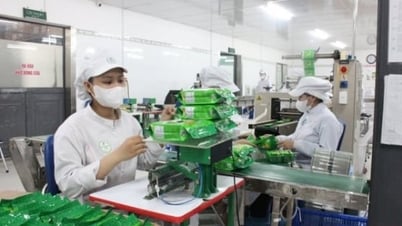







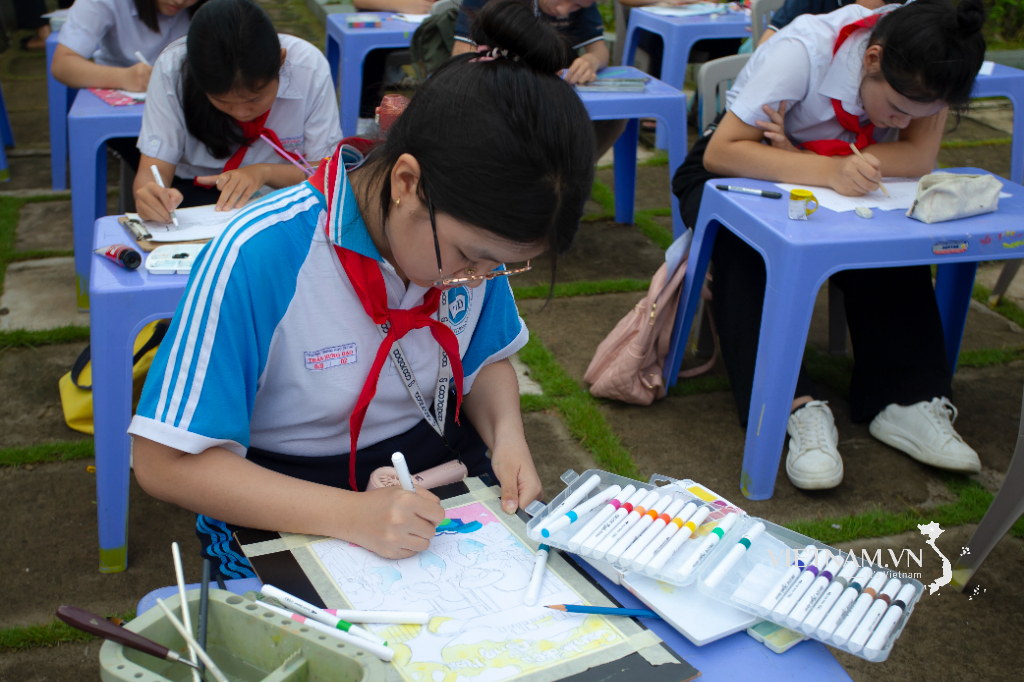



Comment (0)